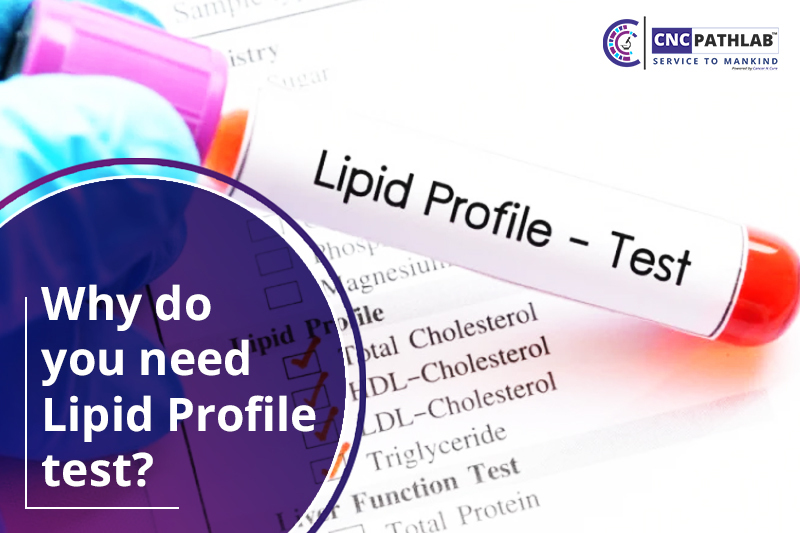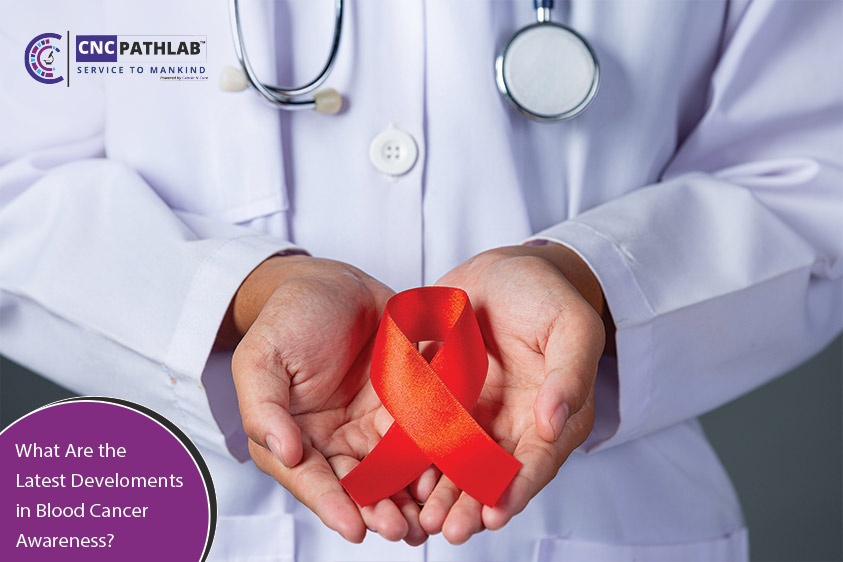Why do you need Lipid Profile test?
A lipid profile test is primarily a series of tests conducted together to assess the amount of cholesterol in the blood. The lipid profile test is a blood test that measures the amount of cholesterol and fats in the blood. The lipid profile is nothing but fats that cannot be dissolved in the blood.
A physician may recommend a lipid profile test as a part of a routine health examination to check for potential abnormalities, increase in one’s bad cholesterol level and even identify a medical problem, which can or may turn life-threatening.
Read also: What is the relevance and importance of a CBC test?
What is the purpose of Lipid profile test?
Sometime if the lipid level is found to be high, your risk of developing heart disease and having a heart attack increases.
The lipid profile test also determines the total cholesterol level in your blood, which includes both the harmful LDL cholesterol and the beneficial HDL cholesterol. Triglycerides, a type of fat found in the blood, can also be measured with the test.
Importance of Lipid Profile Test
Everyone over the age of 20 should have a Lipid Profile Test once a year. Men over 45 and women over 50 must have it done twice a year, or as prescribed by their physician. Those who already have a coronary or heart ailment, or who have had abnormal readings in initial level Lipid Profile tests, should have more frequent tests.
The Lipid Profile Test also advice for individuals:
- Overweight
- Pre-existing heart disease
- Suffering from diabetes or at risk of diabetes
- Unhealthy diet and junk food
- Suffering from chronic hypertension
- Habit of smoking or drinking
- Family history of premature heart disease
Read also: Essential things to know before scheduling LFT test
Symptoms to have a lipid profile test
If you are experiencing any of the conditions, then it may be good to have a lipid profile test immediately:
- Pain in the left arm
- Vomiting, nausea, discomfort or pain in the upper abdomen
- Excessive or more than normal sweating
- Difficulty in breathing
- Toothache, headache or pain in the jaw.
- Indigestion or heartburn
- Hypertension
Should kids need a cholesterol test?
A cholesterol monitoring test may be advised for kids who are between the ages of 9 to 11 years by their pediatrician. The test can then be repeated again when they are around 17-21 years. However, if the child has a family history of coronary ailments or early-onset coronary artery disease, or if the child is overweight, obsessed, or diabetic, the attending physician will probably advise more frequent testing.
Normal Range of Lipid Profile
The cholesterol levels are measured in mg(milligrams) per deciliter (dl) of blood. The normal range are:
|
HDL |
More than 40 to 60 mg/dL |
The higher, the better |
|
LDL |
70 to 130 mg/dL |
The lower, the better |
|
Total cholesterol |
Less than 200 mg/dL |
The lower, the better |
|
Triglycerides |
10 to 150 mg/dL |
The lower, the better |
If your results are out of the normal range, you might be at a higher risk of strokes, heart diseases, etc. On receiving abnormal results, our doctor may order some additional tests like blood glucose, or the thyroid function test to assess the risk score.


.jpg)


.jpg)
